BlockChain and Cryptocurrency (with Python)
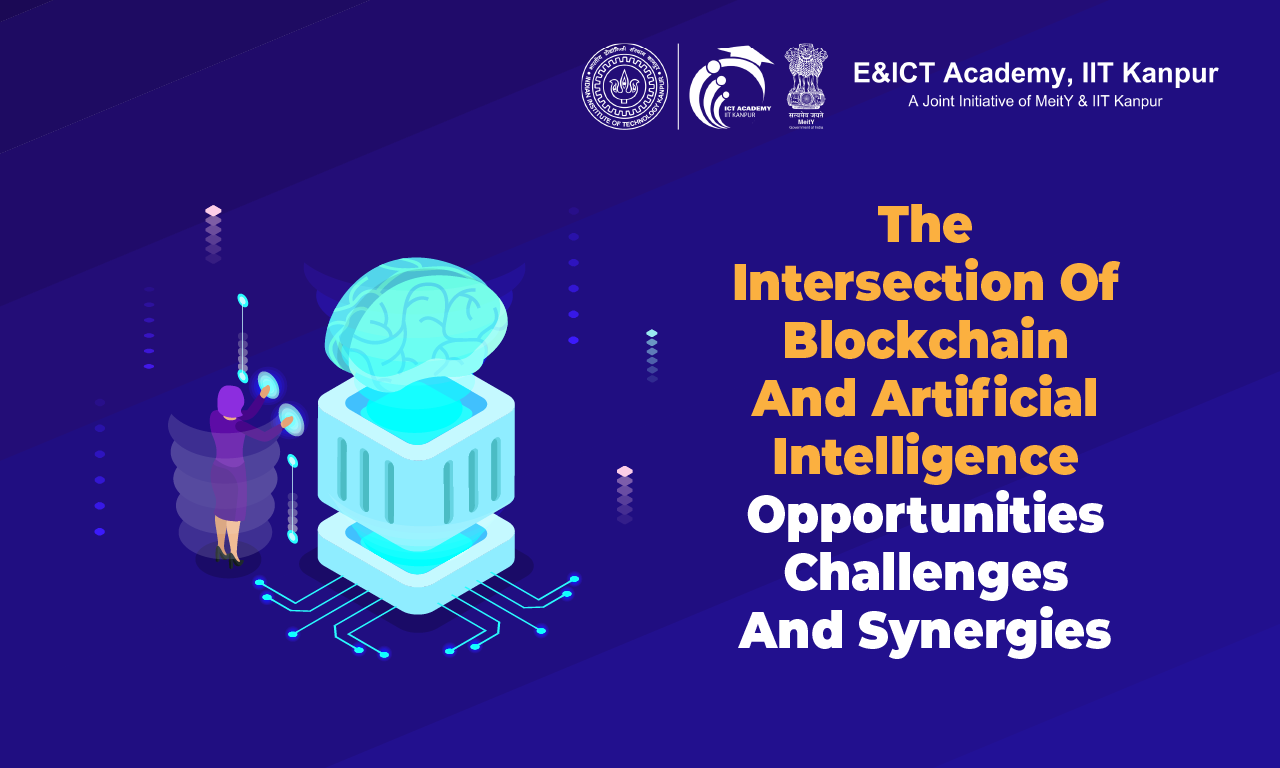
The Intersection of Blockchain and Artificial Intelligence: Opportunities, Challenges, and Synergies
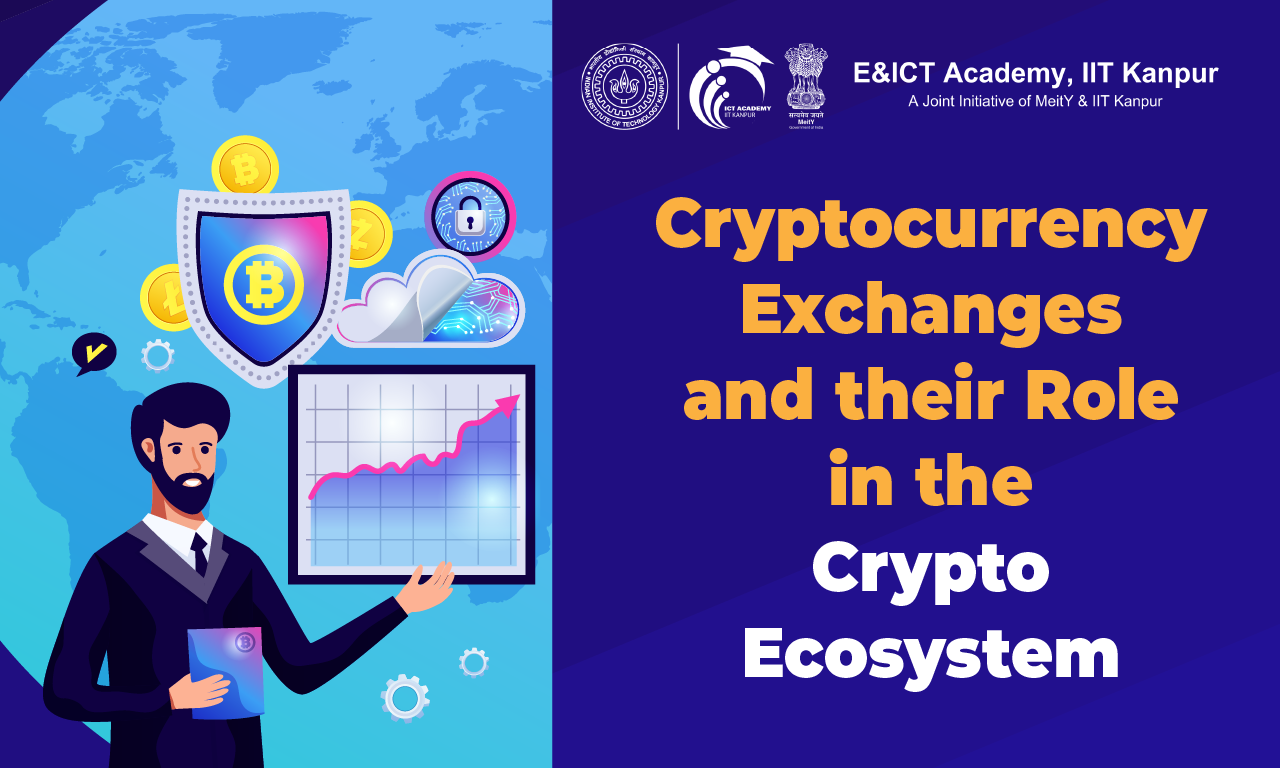
Cryptocurrency Exchanges and their Role in the Crypto Ecosystem: Risks, Regulations, and Best Practices

The Potential of Blockchain in Identity Management: Decentralized, Secure, and Private Solutions
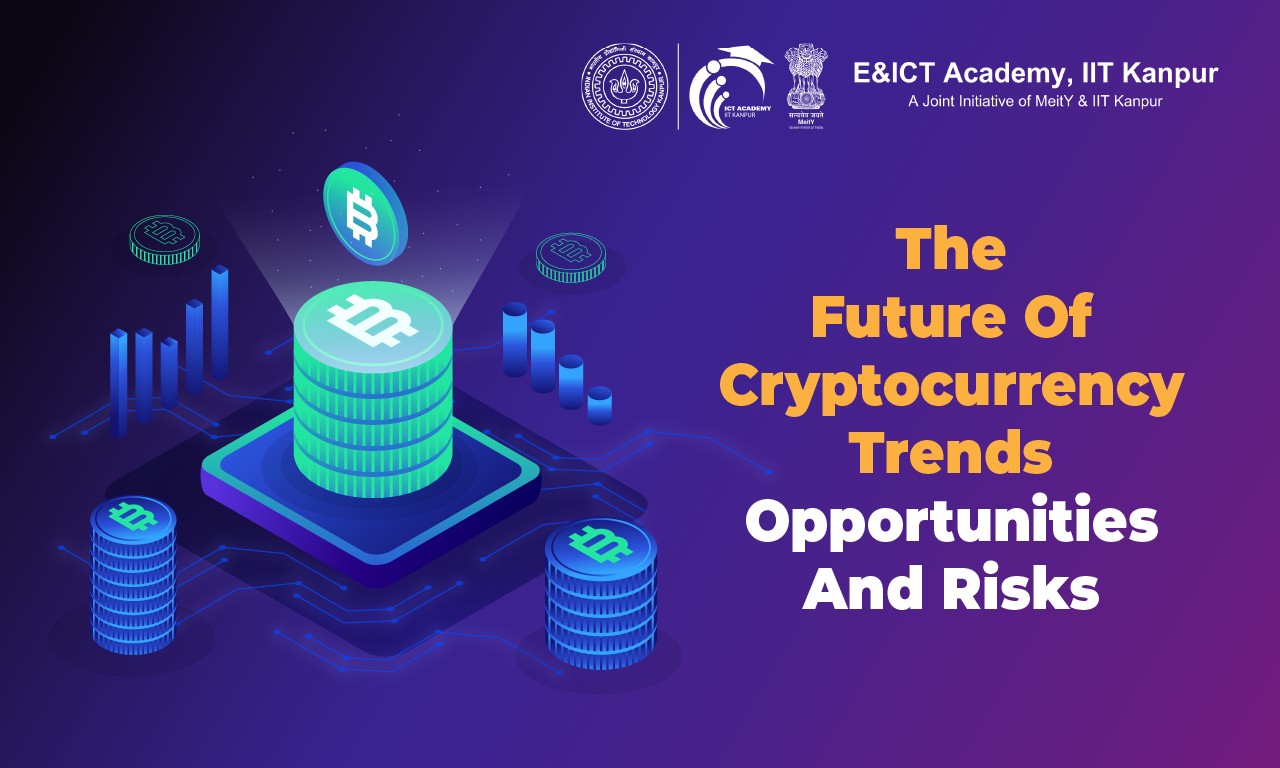
The Future of Cryptocurrency: Trends, Opportunities, and Risks

Cryptocurrency Mining: Processes, Costs, and Sustainability Considerations
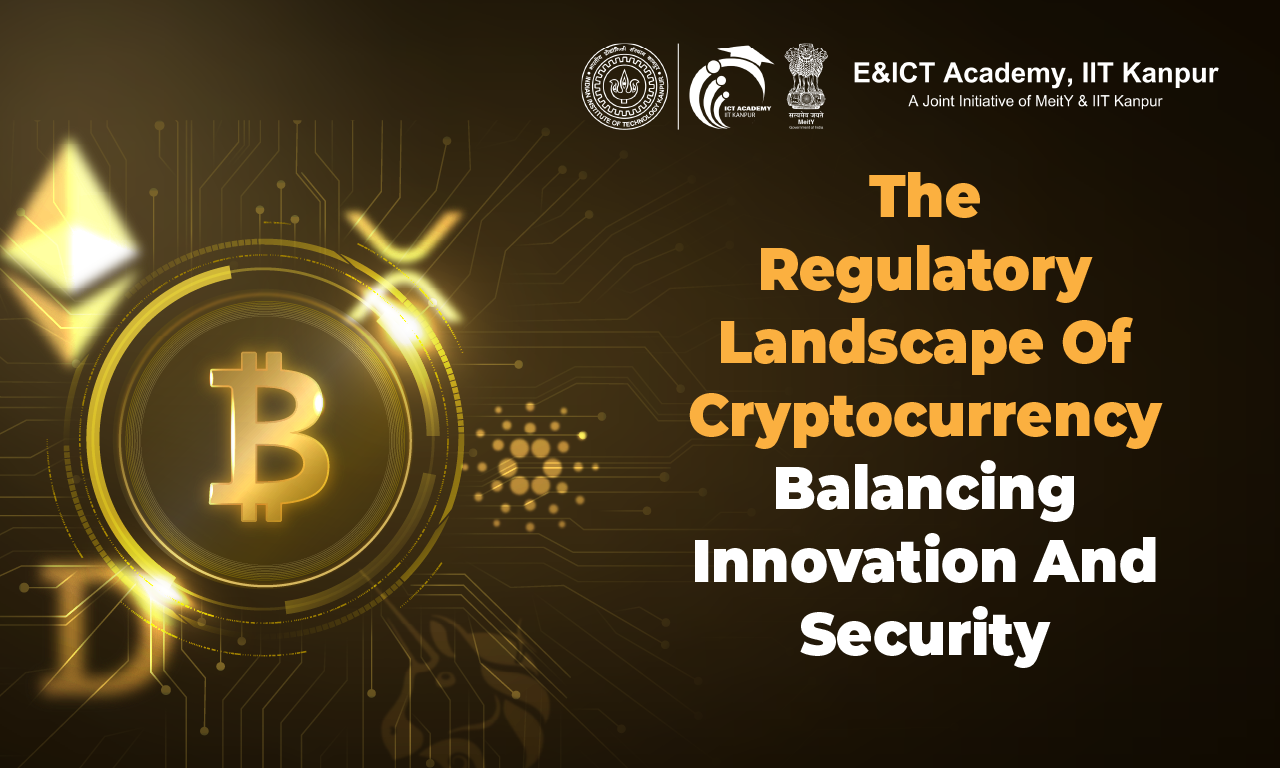
The Regulatory Landscape of Cryptocurrency: Balancing Innovation and Security
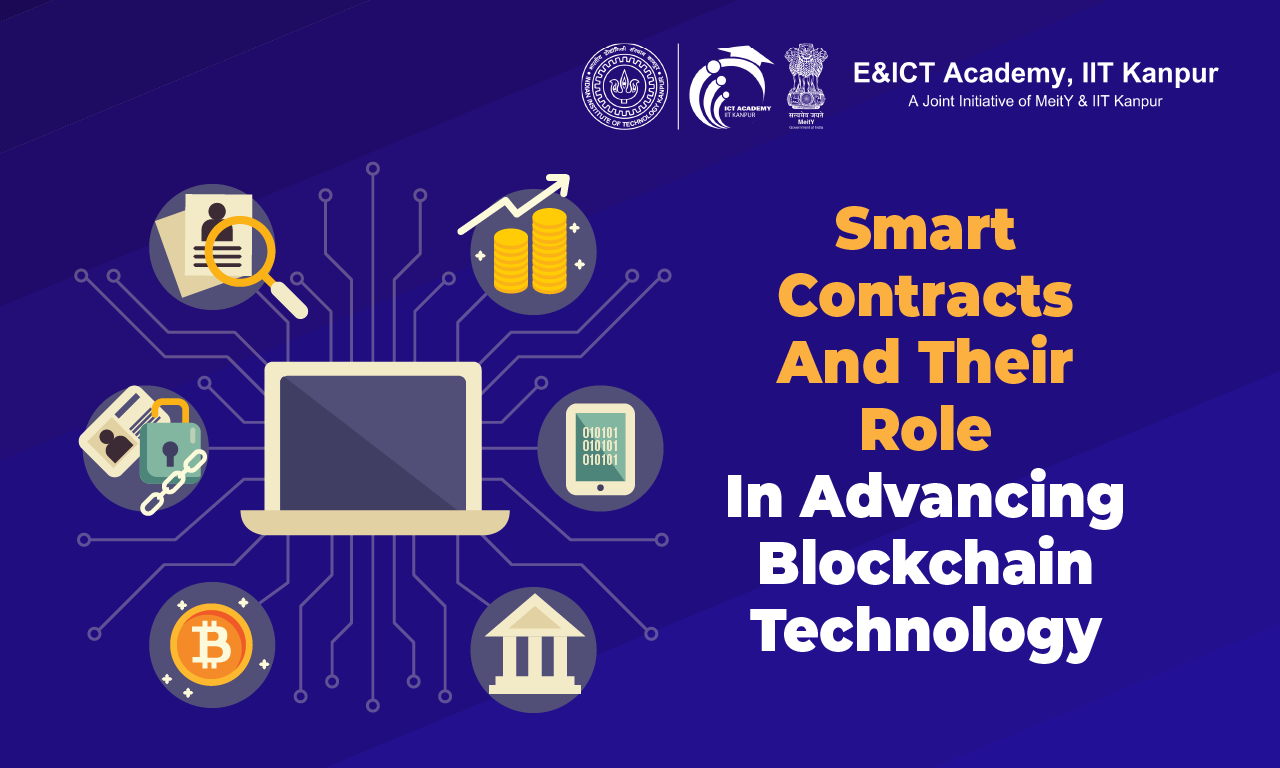
Smart Contracts and Their Role in Advancing Blockchain Technology

The Role of Blockchain in Supply Chain Management: Enhancing Transparency, Traceability, and Efficiency
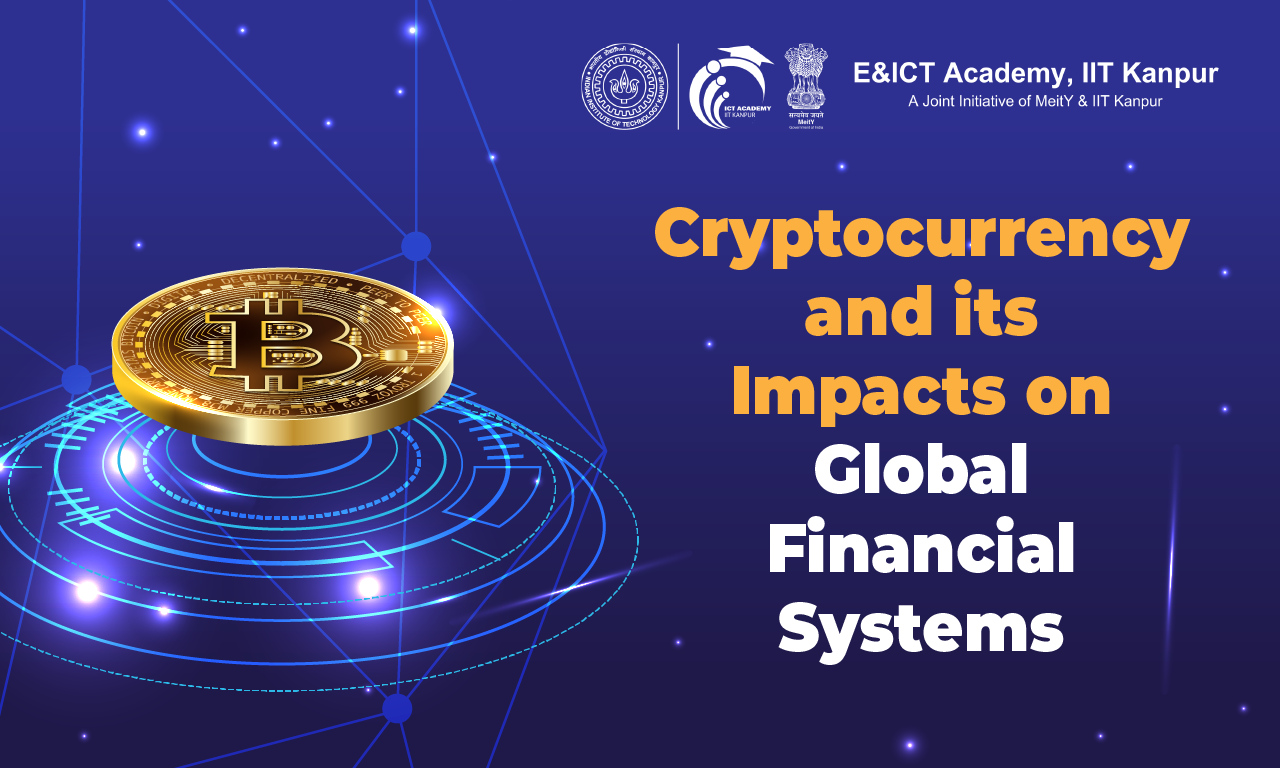
Cryptocurrency and its Impacts on Global Financial Systems: Opportunities and Challenges



